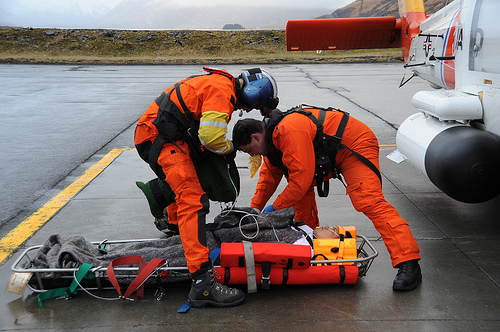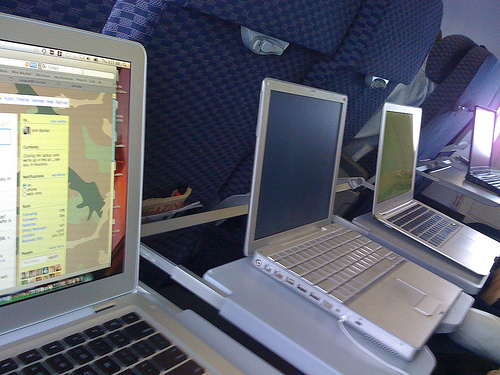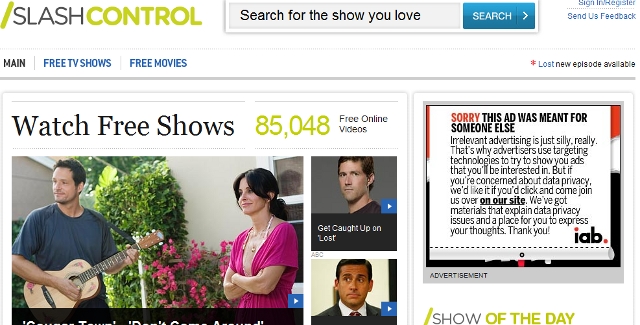Opportunity Cost

When taking risks such as looking to invest in a new technology, making a move that will effect your day to day operations, or any other major change in your business, one of the most overlooked variables is opportunity cost. It’s important to factor in the opportunity cost of any business decision because it can reflect additional expenses onto the change that would otherwise be unnoticed, and may effect the decision overall. The most basic way to calculate opportunity cost is to understand the gains you will no longer acquire, that were once attained through your old business methods. Here are a few examples to think about:
- An EMT arrives at the scene of a medical emergency and decides that the patient requires medical attention immediately in order to stay alive, and transporting the patient via ground would not be sufficient. The opportunity cost would be utilizing the medevac flight crew to transport the patient safely so that they live, rather normally transporting the patient via ambulance.
- In a college basketball game, a team that is down a couple points in the final minute often fouls the leading team for the opportunity to score by having the ball in their possession again. By fouling the leading team, the opportunity cost is the points that the leading team can potentially acquire with free throws.
- A worker decides to live in the suburbs and work in a city. The worker’s opportunity (living in the suburbs, away from work) cost is having to commute to and from work each workday.
If you need me to be more clear or specific on anything, feel free to comment below.
Photo by U.S. Coast Guard under Creative Commons






